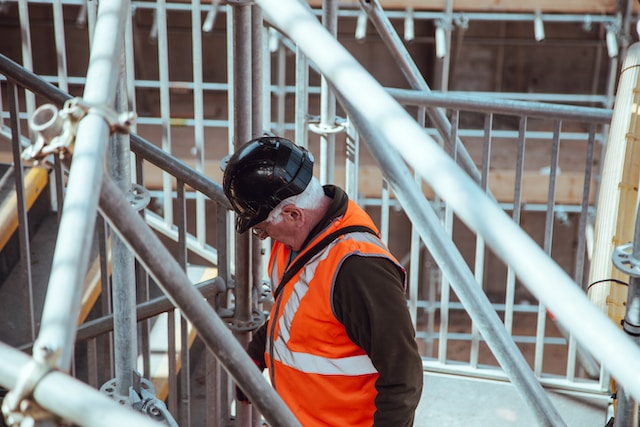Protecting Workers From Hazards Through Personal Protective Equipment
Personal protective equipment (PPE) protects responders from physical injuries such as temperature extremes, flames and sparks, toxic chemicals and radiation. It also protects their skin, eyes and ears. It should be easy to put on and remove without contaminating the wearer. The first step in PPE selection is a hazard assessment. A hazard assessment looks at the source, and along the path the hazard travels to assess risk.
Training
In many instances, it is impossible to eliminate a workplace hazard. However, the safety and health of employees can be significantly improved through effective hazard controls that reduce the risk of injury. This is accomplished through the Hierarchy of Controls, which includes eliminating the hazard, substituting it with another, engineering solutions, safe work practices, and personal protection equipment Washington. It’s important that workers know when PPE is needed, what type they are wearing, how to wear it properly, and its limitations. In addition, training should cover proper maintenance, care, use, and disposal to ensure it remains a reliable safeguard. Preventing accidents from happening is much more productive and preferable than dealing with the consequences of them, which can range from minor injuries to permanent disability or even death.
Hazard Assessment
Hazard Assessment is the process of identifying workplace hazards and determining whether protective equipment is required. Hazard assessments should be conducted regularly and thoroughly for all work activities. They should also consider foreseeable unusual conditions (e.g., maintenance, shutdowns, emergencies, power outages, extreme weather) and how they might impact hazard control measures. Health hazards include invisible gases and vapors, such as solvents, adhesives, paints and other chemicals; exposure to toxic dust and fumes; or heat, noise and radiation sources. Workers should be asked to review their medical records for a history of exposure to these types of hazards and to identify potential symptoms that they might have. Once risks have been identified, they should be eliminated or controlled using the Hierarchy of Controls. If elimination or substitution is not possible, then engineering and administrative controls should be implemented, followed by using personal protective equipment as a last resort.
Hierarchy of Controls
Regarding hazard control, the safer choice is to prevent exposure entirely. Elimination is the most effective and cost-efficient strategy because it completely removes the threat. This includes moving a 10th-floor component to ground level or eliminating the use of toxic chemicals that can cause skin exposure. Substitution is the next best step, allowing you to replace the dangerous element with a less hazardous one, for example, using plant-based printing inks instead of chemical solvents. Engineering controls are the third strategy in a hazard control hierarchy, and it involves separating workers from danger by installing barriers or equipment to limit their contact and, for example, placing a guardrail or exhaust ventilation systems. Administrative controls are the fourth strategy, and they involve implementing procedures and job rotation that reduce the frequency and duration of worker exposure. This includes job rotation and scheduling, limiting access to equipment, providing training and establishing safety protocols. The least effective hazard control method is personal protective equipment, and it is the last resort for protecting employees from hazards.
Selection
When engineering and administrative controls fail to eliminate hazards, Personal Protective Equipment (PPE) becomes necessary. It is important to select comfortable and well-fitted equipment that offers protection against different threats. Comprehensive PPE programs demonstrate employers’ commitment to creating a safe and healthy work environment. By employing PPE alongside other measures, employers can minimize the likelihood of worker injuries and illnesses.

